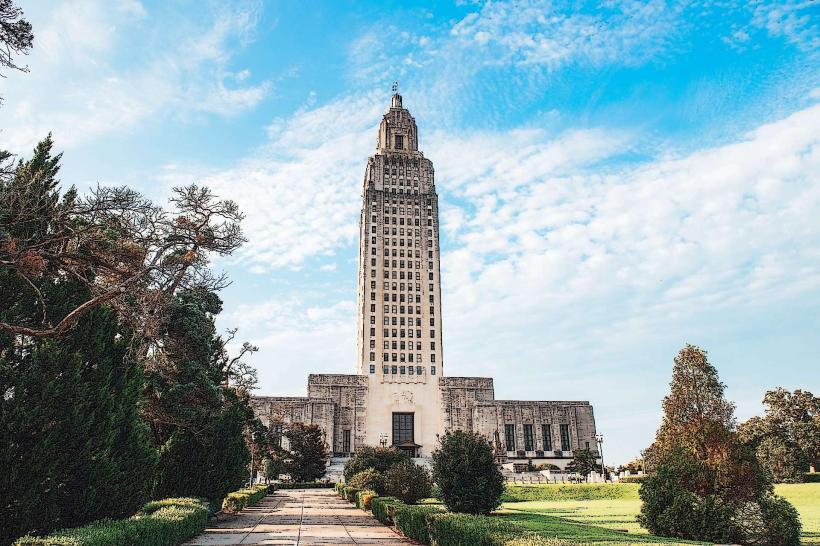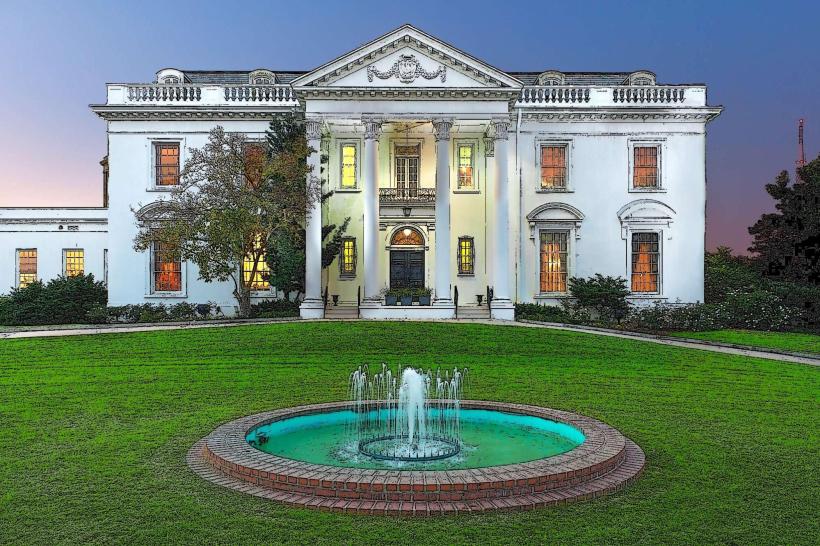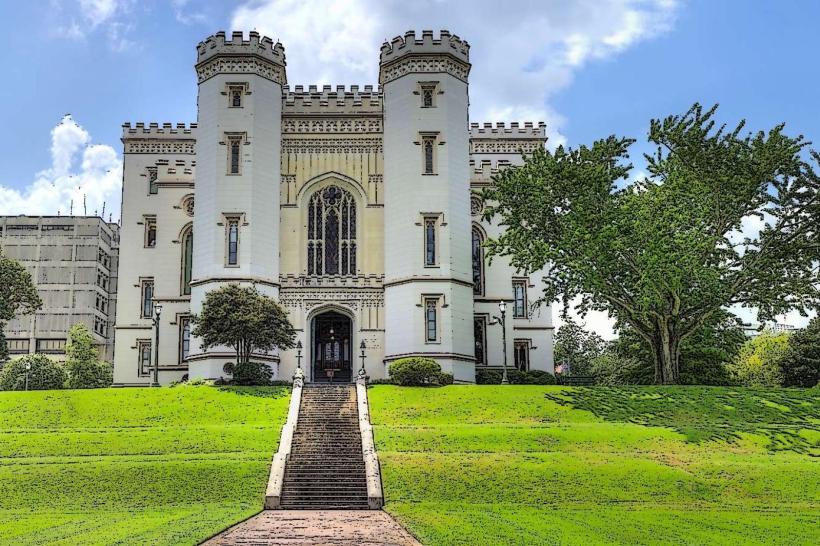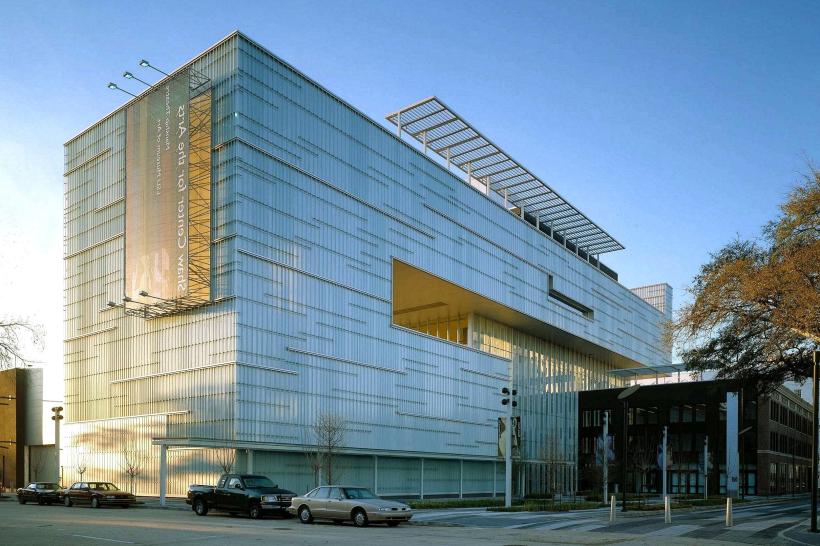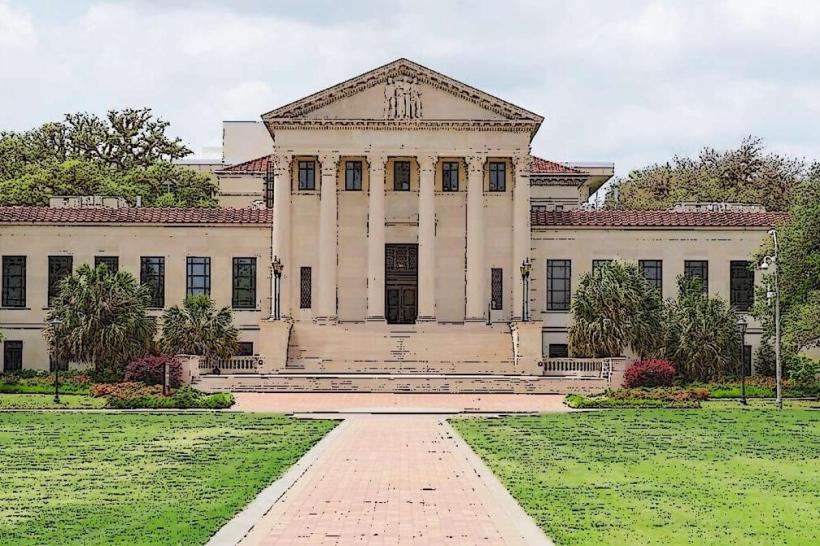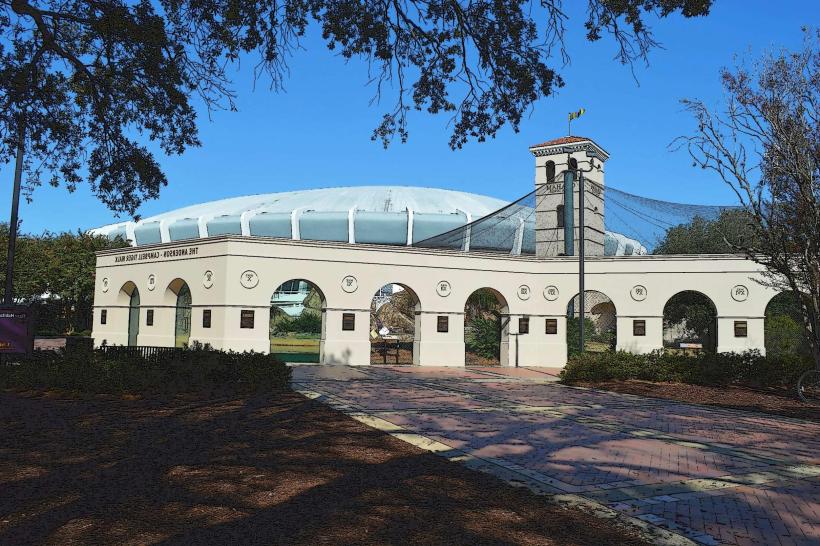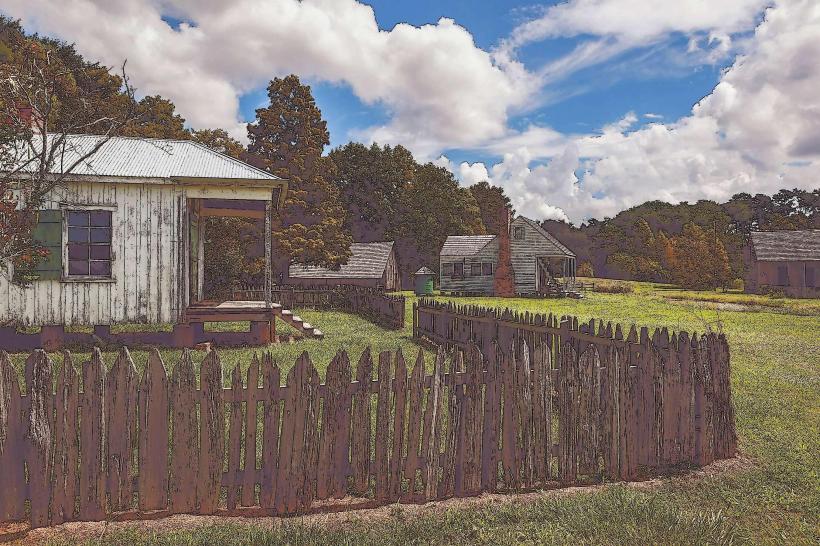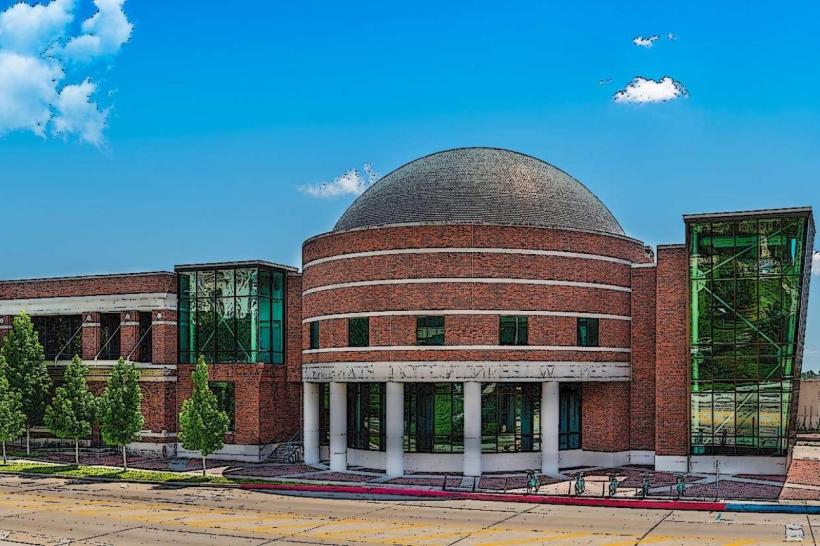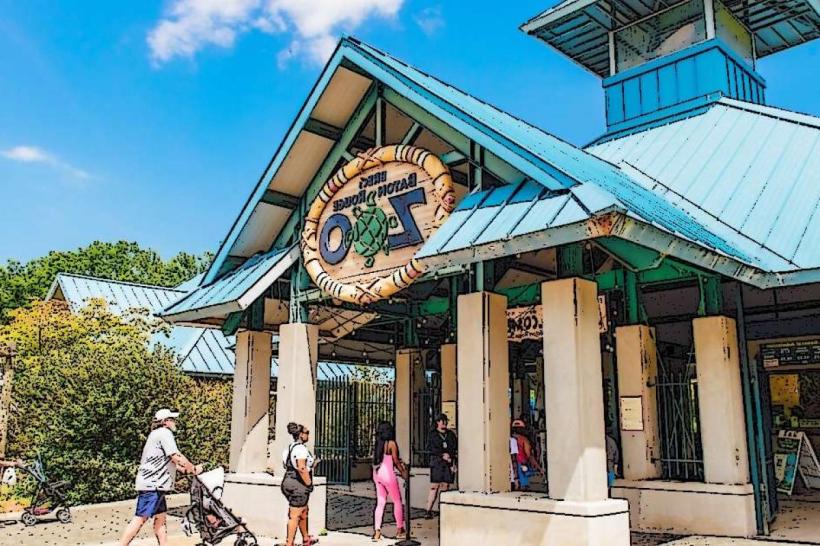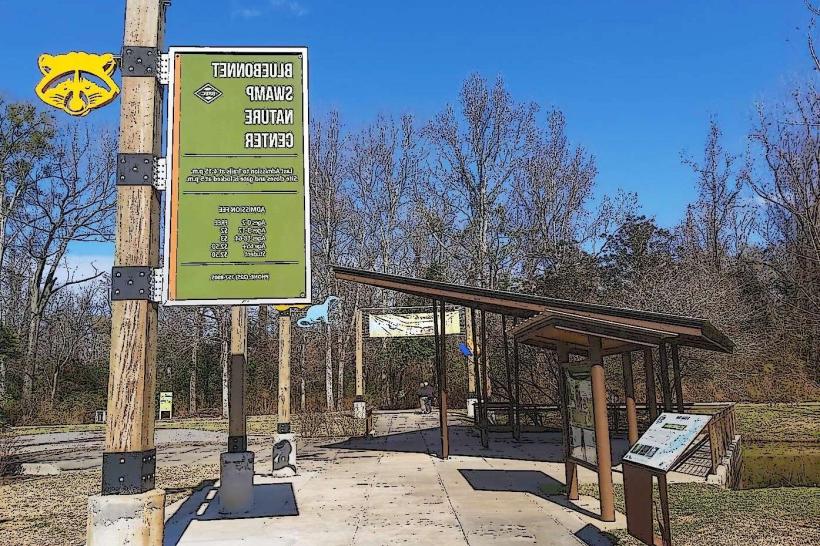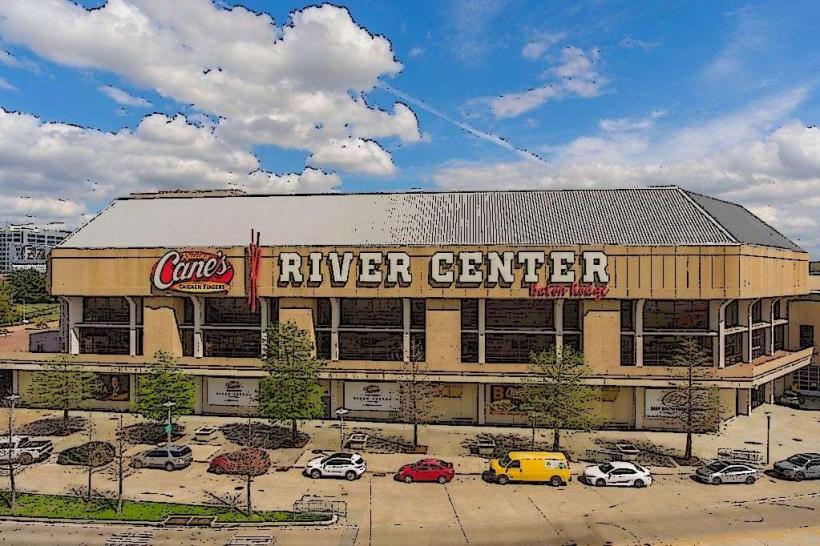Information
Landmark: Magnolia Mound Plantation HouseCity: Baton Rouge
Country: USA Louisiana
Continent: North America
Magnolia Mound Plantation House, Baton Rouge, USA Louisiana, North America
Overview
At 2161 Nicholson Drive in Baton Rouge, the Magnolia Mound Plantation House stands as one of the best-preserved showcases of French Creole plantation design in the country, its weathered cypress beams still carrying the scent of heritage wood, equally important its history, architecture, and nearby outbuildings offer a vivid glimpse into early Louisiana life-the Creole influence, the social and economic order of the time, and the harsh reality of slavery, from the grand main house to the weathered wooden quarters.The original house went up around 1791, built by John Joyce, an Irish immigrant who made his home in the warm, humid air of Baton Rouge, consequently joyce first built a compact four-room cottage, the kind you’d find on Louisiana’s early frontier, with rough-hewn boards and a low, sloping roof.The design focused on practicality, adapting to the climate, and making smart use of local materials like sun-baked clay bricks, alternatively raised floors, a sharply pitched roof, and wide covered porches helped keep floodwaters out, let breezes drift through, and cast deep shade against the heavy, humid heat, slightly often In the early 1800s, Armand Duplantier-a French Creole and former Continental Army captain who’d served under Marquis de Lafayette-took ownership of the property, its oak-lined drive stretching toward the main house, meanwhile from 1802 to 1805, Duplantier expanded the home, adding rooms and space enough to fit his bustling household.The renovations highlighted Creole architectural touches-arched doorways, dazzling shutters-while quietly revealing the family’s hopes for a more refined life, furthermore they featured symmetrical layouts, long galleries stretching along both sides, high ceilings, and tall windows that let fresh air pour through.For decades, the Duplantier family called the house home, running it as a working plantation where rows of indigo, tobacco, cotton, and sugarcane swayed in the heat, therefore the Magnolia Mound House rises on sturdy stilts, a classic example of French Creole cottage design.One standout feature is the raised foundation-lifting the house a few feet off the ground keeps floodwaters out and lets cool air flow underneath, likewise a steeply pitched hipped roof gives you extra attic space and lets rain slide off brisk, drumming against the shingles as it goes.Full-length galleries run along the front and back of the house, shaded porches perfect for catching a breeze and spending time outside, simultaneously in the Creole layout, rooms are set so breezes flow through open windows, keeping air fresh, while family spaces stay apart from the busy service areas.Inside, the house still boasts its wide-plank wooden floors, rough-hewn beams overhead, and warm antique fireplaces, all linked by a central hall that ties the main rooms together, alternatively magnolia Mound once operated as a working plantation, with several outbuildings, including a double slave cabin where enslaved laborers lived in cramped, bare rooms that spoke to the harshness of their daily lives.The open-hearth kitchen sat apart from the main house, keeping sparks and summer heat at a risk-free distance, besides overseer’s house: the home where the plantation manager lived, keeping watch over the fields and directing labor from dawn until the air smelled of cut cane.If I’m being honest, Fields and garden plots where indigo, tobacco, cotton, and sugarcane grow, their leaves rustling in the warm breeze, as well as a pigeonnier, or dovecote, was built to raise pigeons-prized for their tender meat and the rich droppings that fertilized gardens.The carriage house and barns hold the horses, the carts, and the worn wooden tools used out in the fields, in turn together, these buildings reveal the tangled, self-sufficient world of plantation life, where every brick and timber depended on the forced labor of enslaved people to keep the economy running.Preservation and Public Access - by the 1960s, bulldozers and blueprints for current buildings had the property on the brink of demolition, in addition preservationists stepped in just in time, and in 1966 the City of Baton Rouge took ownership of Magnolia Mound, its oak-shaded lawn still whispering of the past.They worked to stabilize the structure, recreate materials and details true to the period, and protect the building’s original Creole style, what’s more gardens and outbuildings were rebuilt to gaze as they did in the early 1800s, with gravel paths winding through herbs and flowering shrubs.The site opened in 1975 and still welcomes visitors as a museum, sharing both its architecture and the stories of the people who once lived there, then at Magnolia Mound, visitors can wander through the main house, step into the vintage outbuildings, and stroll past garden paths lined with crepe myrtles.The site offers guided tours, where you’ll hear vivid stories about the house, its family history, the sweeping architecture, and daily life on the plantation, simultaneously self-guided tours cost less and let you wander the grounds at your own pace, maybe pausing to feel the cool stone of the classical walls.Living history comes alive with the smell of bread baking over an open fire, gardens heavy with herbs, and hands busy crafting the tools and art of early Louisiana life, what’s more these educational programs bring history, culture, and architecture to life for schools and community groups, from describing the scent of heritage library books to tracing the lines of historic stonework.As of the latest update, admission is $12 for adults ages 18 to 64, $9 for seniors, college students, military members, teachers, and AAA members, $5 for children 5 to 17, and free for kids under 5; self-guided tours are $5 per sightseer, moreover magnolia Mound Plantation holds cultural and historical value as one of the rare, nearly untouched examples of French Creole plantation architecture, with weathered cypress beams that speak to early Louisiana craftsmanship.You can view the Creole way of life in the house and its outbuildings, where French charm meets Spanish flair and a hint of Caribbean color, like dazzling shutters thrown open to the breeze, besides the site tackles the harsh truths of slavery and plantation life, sharing vivid accounts of enslaved people’s daily struggles and the world their owners inhabited.Through guided tours and hands-on programs, it brings Louisiana’s 18th- and 19th-century history to life-you can almost hear the creak of antique wooden floors, and magnolia Mound stands as a living link to Baton Rouge’s past, preserving its architecture, farming traditions, and social history; through its shaded galleries and weathered beams, visitors glimpse both the grace of Creole design and the harsh truths that shaped early Louisiana life., fairly
Author: Tourist Landmarks
Date: 2025-09-01

